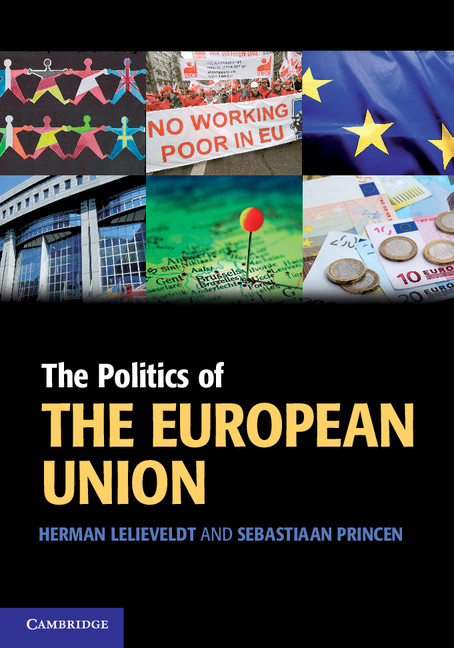The Politics of the European Union
The European Union is a key player in determining policies and politics in Europe, and yet understanding how it works remains a challenge. The Politics of the European Union introduces students to its functioning by showing the similarities and differences between the EU and national political systems. Fully revised and updated in its third edition, this introductory textbook uses the tools of comparative politics to explore the history, theories, institutions, key actors, politics and policy-making of the EU. This comparative approach enables students to apply their knowledge of domestic politics and broader debates in political science to better understand the EU. Numerous real-world examples guide students through the textbook, and chapter briefings, fact files and controversy boxes highlight the important and controversial issues in EU politics. A companion website features free 'Navigating the EU' exercises to guide students in their analysis of EU policy-making.
- Focuses on the political processes of the EU, with each chapter highlighting a particular theoretical or political controversy – in this way, students gain an appreciation of the dynamics beyond and underneath the institutional specifics of the EU
- Numerous examples, briefings, fact files and controversy boxes enhance student understanding by highlighting important information and controversial issues in EU politics, while suggestions for further reading direct students to important literature and websites for deeper self-study
- Online 'Navigating the EU' exercises introduce students to useful sources of online information, help them analyse policy-making in the EU and provide them with research tasks
- Companion website also includes chapter summaries, links to websites and scholarly journals, and flashcards
Reviews & endorsements
Praise for the First Edition: ‘In a world of either overly empirical or overly complex EU textbooks, Lelieveldt and Princen strike an excellent balance in writing a theoretically informed, empirically accurate and highly accessible introduction to the politics of the EU.’ Mark Rhinard, Stockholm University in Public Administration
‘Finally, an EU textbook that seamlessly weaves together comparative politics and EU politics … a richly textured, highly informative, yet accessible book for graduates and undergraduates.’ Liesbet Hooghe, University of North Carolina at Chapel Hill and European University Institute, Florence
Product details
July 2023Hardback
9781009318310
380 pages
251 × 175 × 18 mm
0.75kg
18 b/w illus. 1 map 15 tables
Available
Table of Contents
- List of figures
- List of maps
- List of tables
- List of briefings
- List of fact files
- List of controversies
- Preface
- Acknowledgements
- List of abbreviations and acronyms
- List of country abbreviations used in tables and figures
- Part I. Setting the Scene: Origins, Analytical Perspectives and Institutions
- 1. The historical development of the EU
- 2. Analysing the EU
- 3. The institutional framework
- 4. Legislation and decision-making: putting the institutional puzzle together
- Part II. Key Actors in EU Politics: Citizens, Interest Groups and Political Parties
- 5. Public opinion and political participation
- 6. Interest groups and interest representation
- 7. Political parties and the European Parliament
- Part III. EU Policies: Agenda-Setting, Decision-Making and Implementation
- 8. An overview of EU policy-making
- 9. Agenda-setting
- 10. Decision-making
- 11. Implementing policies
- Conclusions and Reflections
- 12. Reflecting on the EU as a political system
- Key terms and concepts
- Index.











